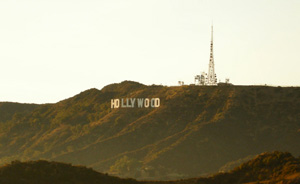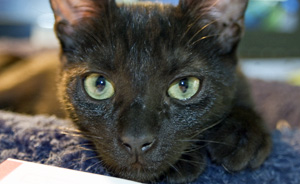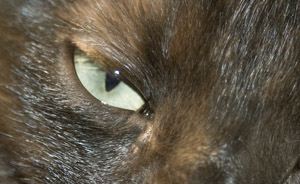How the genre of horror has changed over the past few years:
The horror genre is one of the oldest ones, dating back to the early 1920s. From day one to around 1960 horror films were almost always just about your typical horror monsters - Count Dracula, the Frankenstein Monster, Mummies and occasionally zombies. Over the years the horror genre has been forced to change and adapt to suit audiences as not to become boring and predictable and instead continue to entertain and scare viewers. These changes include the plots becoming more complex and psychologically baffling, a change in the way films are shot and arranged and the blood and gore has increased to shock the viewers more and more.
In the 1930’s – horrors were based on literature and films such as Dracula and Frankenstein were made.
In the 1990’s – psychological thrillers are introduced and fear of the unknown is used widely. Films such as The Blair Witch Project, which was the first of its kind and changed the horror genre completely, introducing a completely unique style. Also films such as se7en had a lot of religious connotations, the victims having to pay for their sins.
Now in the 2000’s – religious connotations followed into the noughties, with films such as Saw being made. Also predictions for world chaos and destruction such as The Day after Tomorrow and 1012, as well as inescapable and unprovoked deaths such as in the film Final Destination. More recently films such as Paranormal Activity and The Orphan have reintroduced psychological horrors.
The conventions the audience can alwys expect to see in horror genres:
The setting for a horror film is usually in an isolated, abandoned or locations with a hidden past, this can create a sense of tension and how they are alone, these are usually set at night time. However the setting for a horror genre is varied and can be set in almost any location at any time of day.
The weird camera angles are common in horor movies. They use extreme close ups and point of view shots in order to show fear or to make the audience feel more involved or to add tension.
It uses props such as knives, axes, guns and blood to show that its a horror film, this all adds to the effictiveness.
The narrative strucutre is how the story is told and in horror films they usually have a cliff hanger at the end of the movie and a never ending plot.






